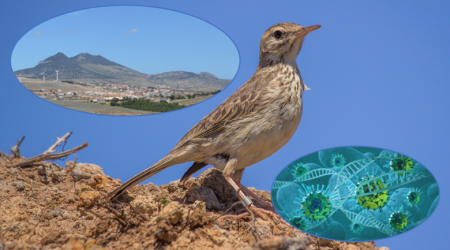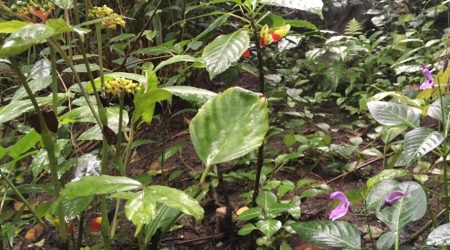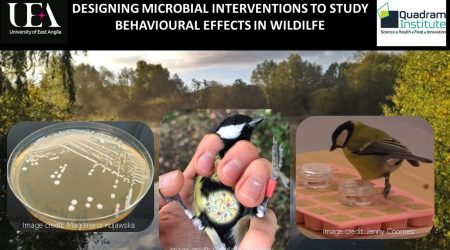
Avian viromics; anthropogenic and ecological effects in Berthelot’s pipit (RICHARDSON_U25DTPR)
Viruses represent most new pathogens that impact humans. Their emergence is often caused by close interaction between humans and wild animal populations, exacerbated by anthropogenic activities. Songbirds are often closely associated with humans but almost nothing is known about their virome even though they can carry pathogens that are transmissible to humans, pets and livestock.


